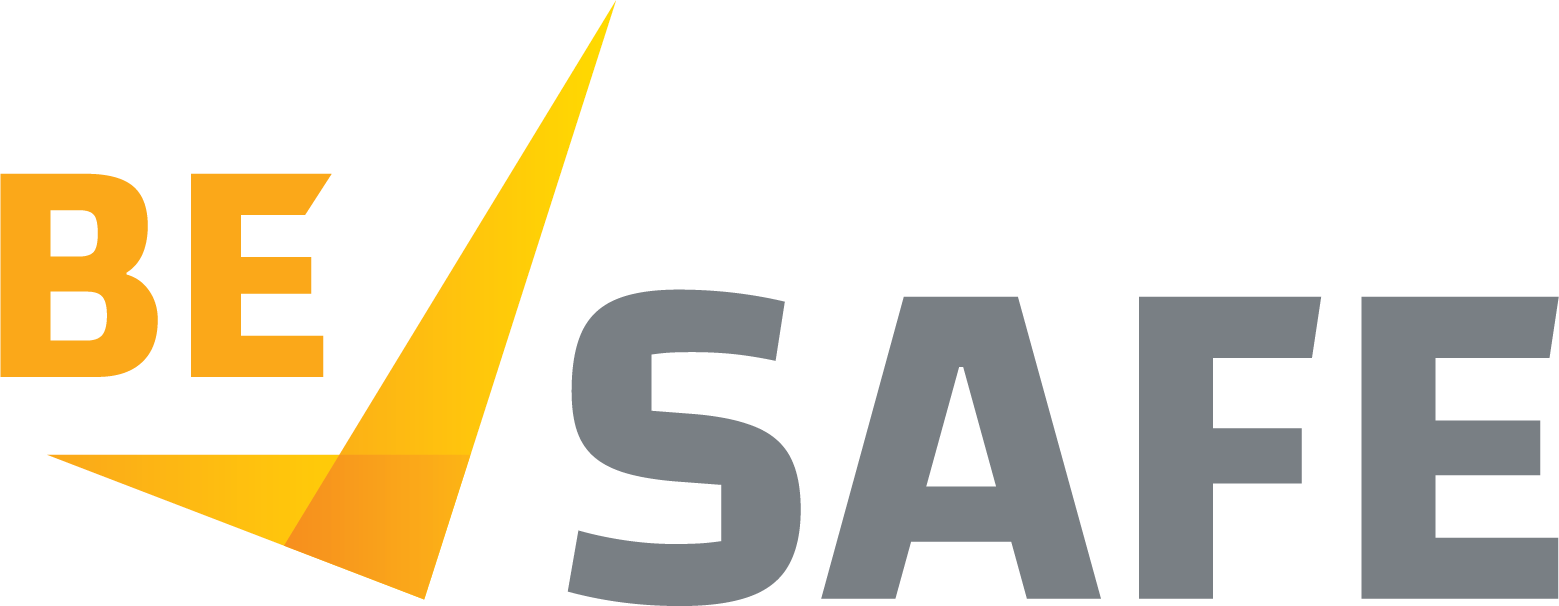OHS in Schools
School Education is an industry with specific OHS challenges. In fact, The Department of Education has been flagged as one of the highest risk government employers and the Government sector has been announced as one of 5 key industries of focus for WorkSafe in reducing workplace harm. Government-health-safety-strategic-approach-2025-08.pdf
OHS Law requires that educational institutions of all types adhere with their legal obligations – and this includes schools.
Schools are not just places of learning—they are workplaces for staff and environments where students spend much of their time. Ensuring safety and well-being through Occupational Health and Safety (OHS) is not only a legal requirement, but is also essential for fostering a positive workplace culture.
The employer has a duty to provide a safe workplace to its’ employees, and also to the students and members of the public.
Part of meeting safety obligations means effectively consulting with their employees on matters relating to safety. The best way for safety matters to be effectively communicated is through proper consultation arrangements. This includes:
· The establishment of Designated Work Groups (DWG)
· Electing Health and Safety Representatives
· The establishment of Health and Safety Committees
Don’t forget that effective consultation is a legal requirement under The OHS Act and that employers are required to set up DWGs if requested by a worker. They are also required to assist with how HSR’s will be elected for each DWG. If an HSR then asks for an HSC to be established, the employer has 3 months to do so. (For more information, see Part 7 of the OHS Act.) Also, don’t forget that HSRs have a right to attend HSR training at a provider of their choice! HSR Training Courses | BeSafe | Regional Victoria
Key OHS Risks in schools may include:
· Hazardous manual handling
· Work-related stress, violence, harassment and bullying
· Slips, trips and falls
· Plant and equipment
· Hazardous substances and dangerous goods
· Additional risks associated with school excursions and camps
While there are specific hazards and risks in the school workplace which need to be addressed, all of the usual obligations and duties under the OHS Act apply.
WorkSafe Victoria has some guidance material relating to OHS in Schools which can be found at:
Additional resources can also be found here: Education Websites & information - OHS Reps
As always, BeSafe Victoria are happy to help – so give us a call and we can help to point you in the right direction: HSR Training and support | BeSafe | Regional Victoria




